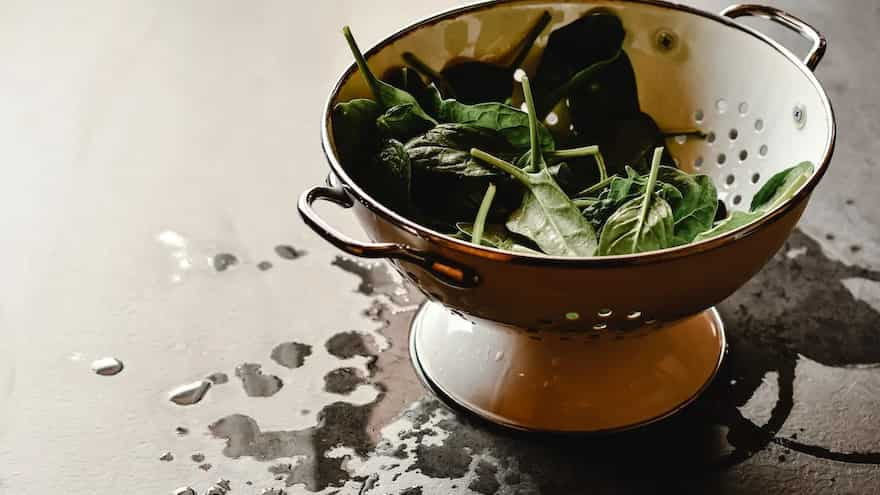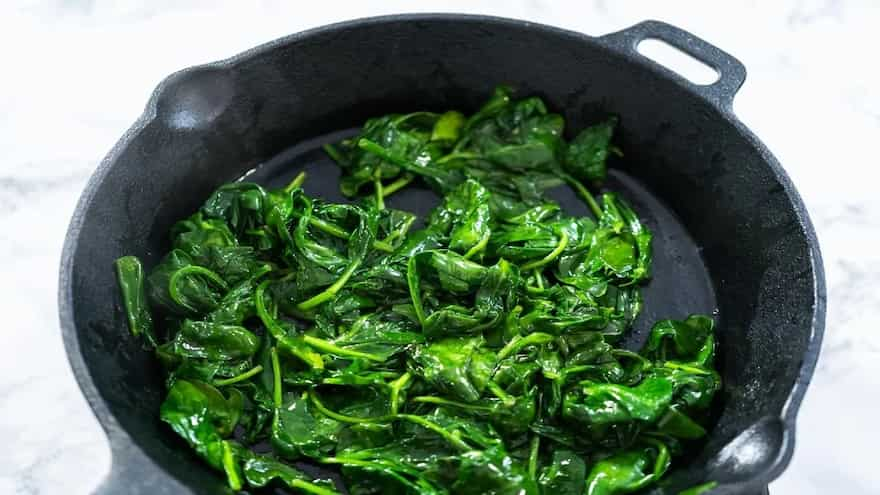With the advent of winter, the market gets enriched with fresh green leafy vegetables. Though it is available around the year, the colder season brings the best ones. This storehouse of nutrition, however, demands one to follow a few simple culinary tips to get its benefits to the fullest potential. The secret to getting the maximum health perks of these leafy green one has to be aware of their cooking methods. The cellular walls of the spinach greens break down during cooking, increasing its nutrients' bioavailability. One of them is iron, a necessary mineral that supports our immune system and makes it easier for oxygen to move between cells. About 0.8 milligrams of iron are present in 1 cup of raw spinach, while 3.2 milligrams are in 1/2 cup of cooked spinach.
Some 19th-century manuals advised boiling spinach for more than 25 minutes, but there are better courses of action than this. It might appear trivial, but such water interference might leach nutrients from the leaves.
Picking and cleaning rules
Fill a colander with fresh spinach leaves. Go through the leaves and remove any that are sticky or withered. Rinse the leftover spinach in cool water well. While rinsing, shake the colander to stir the leaves and make sure all the dirt is cleaned out.

Spinach in colander, Image Source: Pexels
Measure before cooking
Pay attention to how much spinach you intend to eat. It is advised that you weigh it before cooking. Fresh spinach leaves are cooked down to around 1/3 cup from a serving size of 1 cup. So, if you want to eat a cup of cooked greens, multiply the portion by three times.
Cooking with water and oil
To cook spinach with oil, drizzle a little bit of olive oil or your choice of oil in a hot skillet. The best sticking resistance comes from oil, but it also adds calories and fat. Water will also do the trick. To sauté the prescribed quantity of spinach leaves, add them to the pan with the oil. Blanch them in water as an alternative. During the cooking process, stir the leaves and then plate them. When spinach leaves develop a deeper shade of green and begin to wilt, they are cooked. Overcooking makes it slimy.

Sauteed spinach in skillet, Image Source: Freepik
Benefits of broth
You can incorporate spinach leaves into soups and stews toward the end of the cooking process rather than sauteing them in oil or boiling them in water. Any nutrients that leak out of the leaves will be absorbed by the broth used to cook them.


